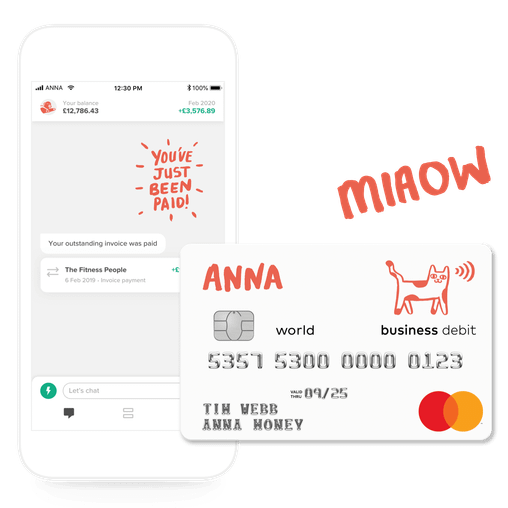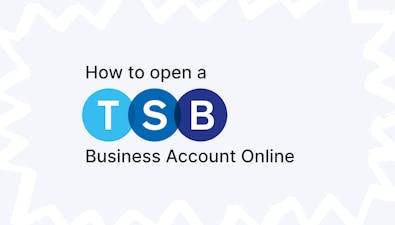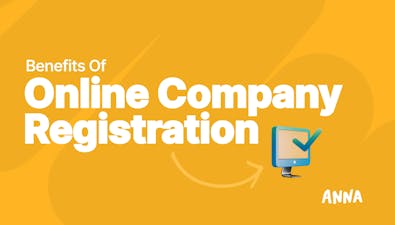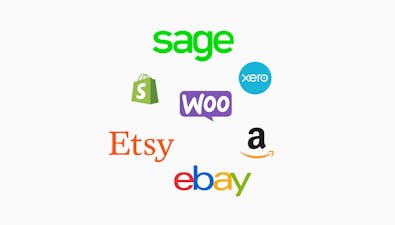
eCommerce – use your own store or sell on a platform?


So you want to set up your own online shop. One of the first decisions you’ll need to make is whether to sell from your own website or via a platform like eBay or Amazon. There are pros and cons to both approaches. In this blog we’re going to look at the costs of both routes.
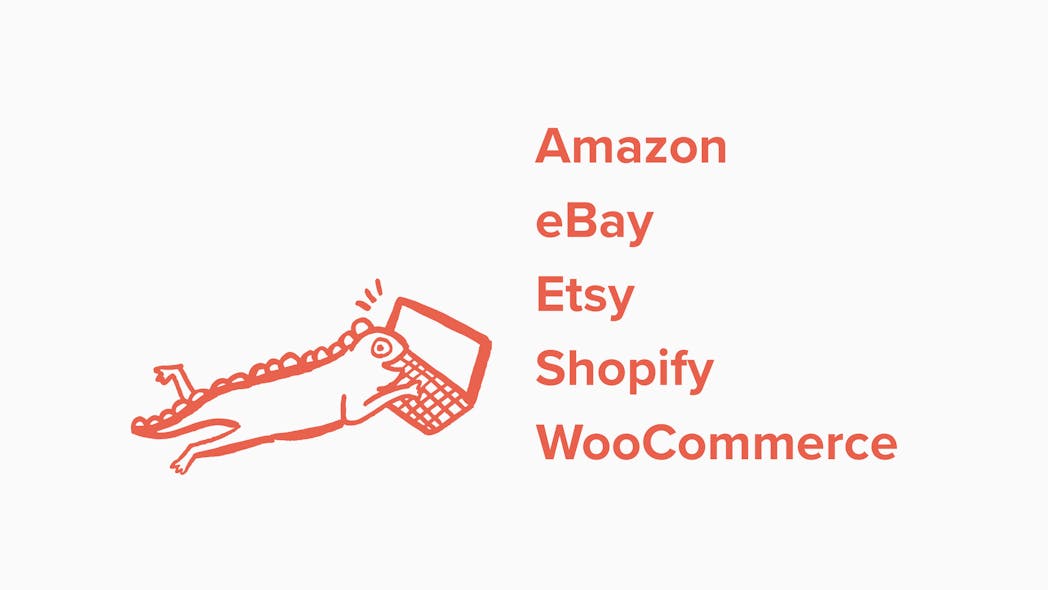

The online marketplace
If you’re an eCommerce seller, you want to build your online presence. But where? Do you build your own website or head to a pre-existing marketplace? Amazon and eBay dominate monthly customer visits across all eCommerce marketplace providers in the UK. Amazon gets 407 million visits per month whilst eBay gets 298 million visits per month. Etsy is a respectable but distant third with 36 million visits per month.
Marketplaces fees can be expensive and eat into your bottom line, so it can be much cheaper to sell directly to customers via your own website. There’s a clear trade-off between the fees charged and customer traffic you can expect. So let’s see how the fees stack up.
Selling directly
The two most prominent services that let you sell directly from your website are Shopify and WooCommerce.
Shopify is a subscription based platform, which gives you all the tools you need to get your eCommerce business up and running with a single subscription fee. Tariffs range from $29 per month for Basic, $79 per month for advanced to $299 per month for Shopify Advanced (yes, the prices are in dollars). When you’re first starting out, you’re likely to opt for a basic subscription.
For all online sales you’ll also need to factor in a 2.2% + 20p fee for all online credit card transactions. Although this rate only applies if you use Shopify Payments, which is Shopify’s standard payment gateway. If you don’t use Shopify payments you’ll pay a 2% fee to Shopify per sale, plus the transaction fee to your third party gateway. For example, if you use Paypal, you could be paying 2.9% + 30p fee on card transactions plus a 2% Shopify fee or a total of 4.9%! (Note: if you have both Shopify payments and Paypal you don’t pay the 2% Shopify fee. Yes, it does seem quite complicated!)
WooCommmerce is one of the most popular online platforms because it’s essentially free (depending on how you use it). WooCommerce is a plugin to Wordpress and is relatively easy to set up, however, some parts can be tricky and you may need to bring in a developer. In WooCommerce you need to install a separate payment gateway before you start selling but there are no additional fees. So if you’re using Paypal it’s a straight 2.9%+30p. There are lots of different options when it comes to payment gateways, so do your research before you pick one.
Here’s a more detailed comparison of Shopify and WooCommerce from us
Listing on a marketplace
Etsy – It costs 16p to publish a listing. A listing lasts for four months or until the item is sold. Once an item sells, there is a 5% transaction fee on the sale price (which is the displayed price plus shipping cost). You will be charged 16p to renew the listing. Finally, you will be charged an additional 3% + 20p payment processing fee.
Ebay – When you start selling on eBay you get 1000 free listings. After this you’re charged 35p for each additional listing. When the sale is complete, you’re then charged one final value payment fee of 12.8% + 30p. There are no payment processor fees. There are other optional fees if you want to promote your listing, for example by adding a reserve price (an additional 4% of the price) or a buy-it-now option (50p per listing).
Amazon – You can start selling with no monthly fee. However, each listing costs 75p per item – which is a good option if you sell fewer than 35 items in a month. If you sell more than 35 items per month Amazon recommends a subscription as a professional seller, which costs £25 (excl. VAT) per month. On Amazon, prices vary by category so you’ll need to check how much you’ll be charged depending on the product line you sell.
Referral fees or sales fees usually go up to a maximum of around 15% (they do vary by product category so you will need to check Amazon’s pricing details, but there are some extreme cases such as the fee on the sale of Amazon electronic devices, which is charged at a whopping 45%!).
You can choose to ship items yourself and Amazon will add a calculated shipping fee to your price, (which is their way of bringing transparency to shipping fees). Amazon differs from Etsy and eBay in that they offer Fulfilment by Amazon i.e. they ship for you and charge storage fees for you to warehouse your products. In fact, Amazon costs can become very complex and while they offer a mixture of calculators to make it clear the charges you will pay, you’ll need to devote some time to running the numbers on what you can expect to pay.
In conclusion
Cost-wise, there are pros and cons to both approaches. If you do build a customer base on Amazon, eBay or Etsy, the long-term goal should be getting customers to your own website. Remember, when you operate on a platform that isn’t your own, they set the rules – so you may not want to put all your eggs in one basket.
Open a business account in minutes
